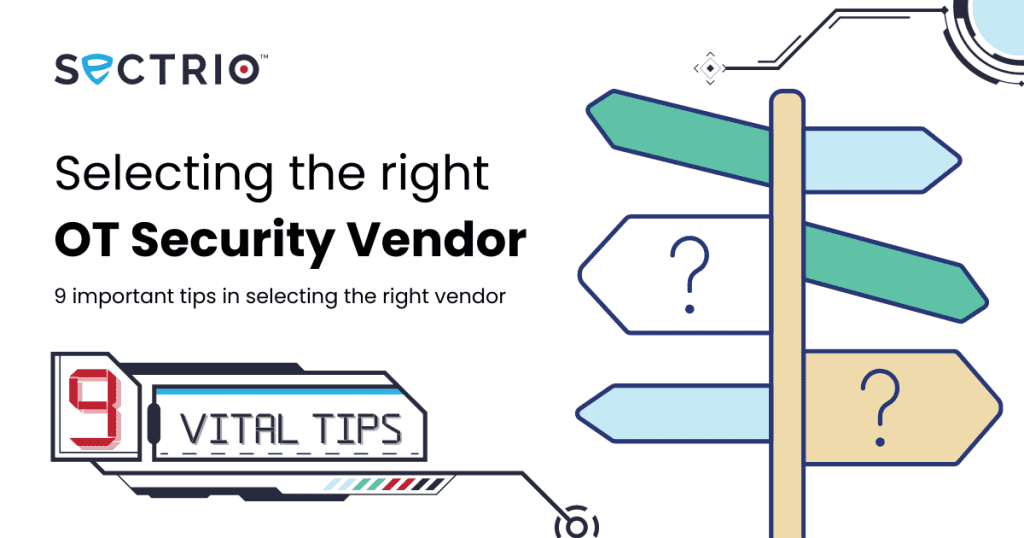9 important tips for selecting an OT security vendor
With rising cyberattacks and inbound scans from sophisticated actors, security teams managing OT networks and assets are under immense pressure. In addition to SOC fatigue, there are also challenges associated with rising threats to OT infrastructure that could cause a shutdown or make critical equipment unavailable. In a study conducted by Sectrio’s threat research team in June 2022, we found many ports on OT networks easily accessible from outside. Because of a lack of network visibility and cyber hygiene, hackers can access networks and move laterally across infrastructures and locations. This is not just a dangerous trend but it can also severely dent the ability of such businesses to ward off cyberattacks in the future as they may already be hosting malware loaders and multiple stealthy malware that is either exfiltrating data or keeping the infrastructure available for attacks in the future. Investing in better cybersecurity practices and an OT security solution is thus imperative. But then, choosing such a solution should ideally involve a round of diligence. To help you we have identified a set of tips that can hasten the process of selecting an OT security solution with the right features, capabilities, and endurance. 9 vital tips for selecting the right OT security vendor 1. Does the vendor understand OT protocols? A vendor that understands and covers varied OT protocols could be considered as a mature vendor. 2. Is it a mixed bag solution? If the OT security vendor has chosen detection or mitigation exclusively from another vendor or vendors, then that is a huge red flag. Such a security solution would induce a detection and mitigation lag and the vector might just slip through the integration gaps. An ideal solution should have all modules coming from the same vendor. 3. Did the vendor acquire any other capability inorganically, recently? Lots of mergers and acquisitions occur in the OT security industry so be careful about any solution coming from a vendor that has acquired another security vendor recently as the integration of capabilities and features may not have been tested fully and be bug-free. The solution can however be considered after an extended POC 4. Do they offer asset discovery and vulnerability management? You will be surprised to know that many OT security vendors do not provide these capabilities as part of their core solution. This is a clear disadvantage as these are essential capabilities to ensure a robust security posture. 5. How do they get their threat intelligence? Only a few vendors offer native OT threat intelligence feeds. If a vendor is offering this, it should be considered a clear advantage. 6. Has the solution addressed unique security challenges that you can identify with? Read some of their case studies and check if the solution is addressing real problems rather than academic ones. 7. Ease of deployment and decision data accessibility. Is the solution modular and permits rapid deployment? Once you have selected the solution you would want it to integrate with your environment rapidly. The data dashboards should be clutter-free and permit decision-making across views. 8. Support for mixed environments The solution should be able to work across hybrid environments with various technologies and devices of all vintages 9. Do they offer comprehensive consulting and compliance services as well? Vendors that offer security services for specific end needs score high on the ratings as consulting services are often required to build a security roadmap and build OT security skills and knowledge in the workforce. With new compliance mandates getting added, businesses need to get help in configuring their workflows, processes, and systems for audit, reporting, or any other compliance need. Need help with selecting an OT security solution, talk to our solution experts to take the next steps here: Contact us Is your existing OT security solution failing you? Download the checklist to learn how to move on to a new solution with ease – Download checklist now
9 important tips for selecting an OT security vendor Read More »



